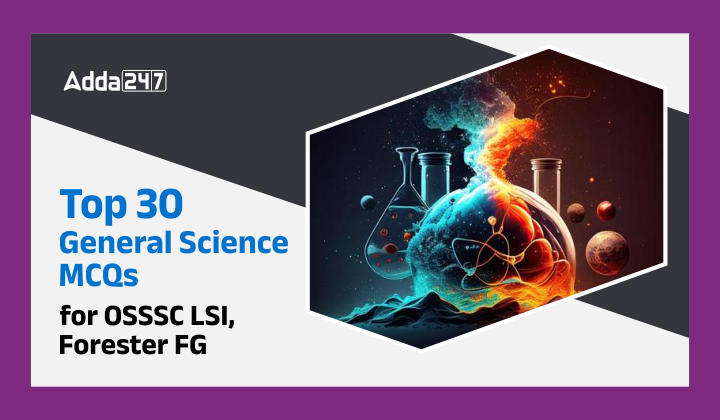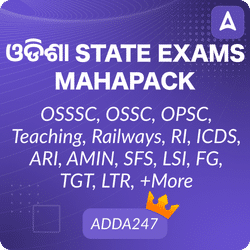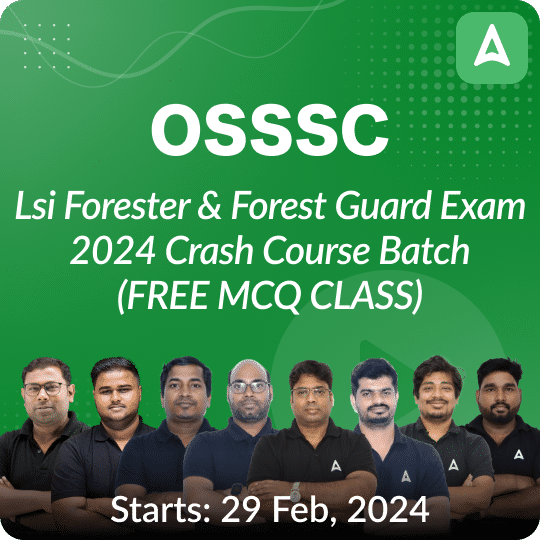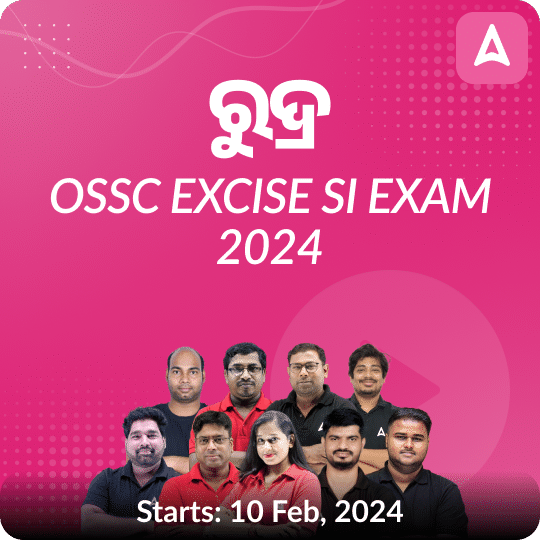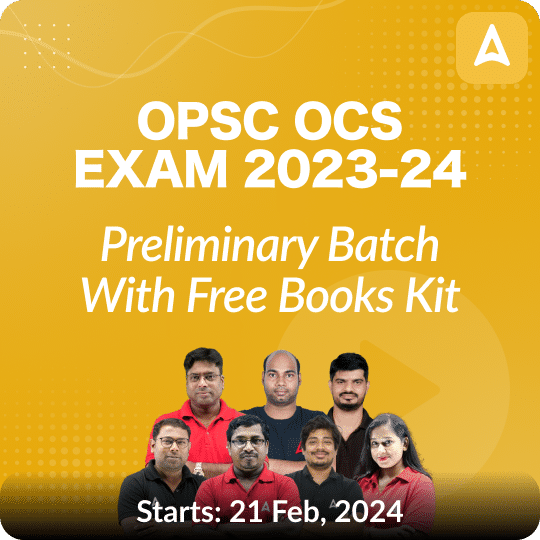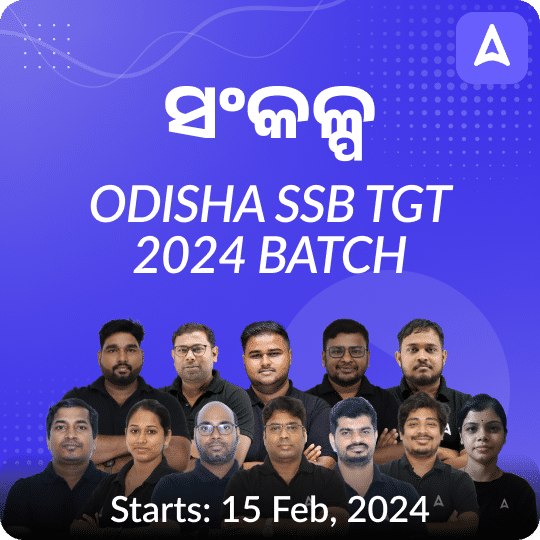General Science forms a crucial part of various competitive exams, including the OSSSC LSI (Livestock Inspector) and Forester FG (Forest Guard) exams. Here, we present a curated list of 30 multiple-choice questions (MCQs) in General Science, covering diverse topics from physics, chemistry, biology, and environmental science. These questions are designed to test your understanding and application of scientific principles, making them suitable for candidates preparing for these examinations.
Top 30 General Science MCQs for OSSSC LSI, Forester, FG
- Why do mountaineers carry oxygen with them?
A. Because at an altitude of more than 5 km there is no air.
B. Due to the lesser amount of air available to a person on the mountain compared to the ground.
C. Because the temperature of air is lower than that on the ground.
D. Because the pressure of air is higher than that on the ground.
Correct Option: B - How much blood does a man have in his body?
A. 4%
B. 10%
C. 7%
D. None of these
Correct Option: C - Atom bomb is based on:
A. Chemical reaction
B. Nuclear fission
C. Nuclear fusion
D. Atomic collision
Correct Option: B - Which one of the following is not an electromagnetic wave?
A. Radio wave
B. X-ray
C. Visible light
D. Sound wave
Correct Option: D - Which of the following lenses would you prefer to read small letters in a dictionary?
A. A convex lens of focal length 50 cm
B. A concave lens of focal length 50 cm
C. A convex lens of focal length 5 cm
D. A concave lens of focal length 5 cm
Correct Option: C - All enzymes are actually
A. Protein
B. Carbohydrates
C. Fatty acids
D. Steroids
Correct Option: A - How much time does light from the Sun take to reach the Earth?
A. 2 minutes
B. 4 minutes
C. 8 minutes
D. 12 minutes
Correct Option: C - The number of milk teeth in a human is
A. 28
B. 29
C. 20
D. 12
Correct Option: C - The only snake that builds its nest is:
A. Krait
B. King cobra
C. Chain viper
D. Saw-scaled viper
Correct Option: B - Rickets is a disease caused by the deficiency of
A. Vitamin-K
B. Vitamin-D
C. Vitamin-B1
D. Vitamin-A
Correct Option: B - Why is alternating current used in long-distance electric transmission instead of direct current?
A. Because it is easy to generate.
B. Because rectification is possible.
C. Because energy losses are minimum.
D. Because it causes fewer accidents.
Correct Option: C - What is the purpose of the satellite ‘ASTROSAT’ launched by ISRO?
A. Research on climate conditions.
B. Better telecommunication.
C. Astronomy research.
D. None of these.
Correct Option: C - Why do passengers inside a moving bus lean forward when the bus suddenly stops?
A. Conservation of Mass.
B. Inertia of rest.
C. Inertia of motion.
D. None of these.
Correct Option: C - Which layer of the atmosphere reflects Radio Waves back?
A. Exosphere.
B. Ionosphere.
C. Troposphere.
D. Stratosphere.
Correct Option: B - What does Entomology study?
A. The origin and history of technical and scientific terms.
B. Insects.
C. The formation of rocks.
D. Behavior of human beings.
Correct Option: B - What happens to the weight of iron when it rusts?
A. Decreases.
B. Increases.
C. Remains the same.
D. First increases and then decreases.
Correct Option: B - What is the full form of LAN?
A. Line Area Network.
B. Linear Area Network.
C. Local Area Network.
D. Land Area Network.
Correct Option: C - What are parasites that initiate production of antibodies within hosts termed as?
A. Homoparasites.
B. Zooparasites.
C. Pathogenic parasites.
D. Endoparasites.
Correct Option: C - Which gas constitutes the major portion of the atmosphere by volume?
A. Oxygen.
B. Argon.
C. Nitrogen.
D. Carbon dioxide.
Correct Option: C - Where is the light phenomenon Aurora Borealis seen at night?
A. Northern hemisphere.
B. Equatorial region.
C. Bermuda Triangle region.
D. None of these.
Correct Option: A - Blood Circulation was discovered by?
A: Mary Anderson
B: William Harvey
C: Virginia Apgar
D: Robert Feulgen
Correct Option: B - What is the function of a ball bearing in a wheel?
A: to increase friction
B: to convert kinetic friction into rolling friction
C: to convert static friction into kinetic friction
D: just for convenience
Correct Option: B - What is the purpose of an ‘Anemometer’?
A: To measure blood pressure.
B: To measure the velocity and find the direction of wind.
C: To measure altitude.
D: none of these.
Correct Option: B - If a liquid is heated in space under no gravity, the transfer of heat will take place by the process of:
A: conduction
B: convection
C: radiation
D: cannot be heated in the absence of gravity
Correct Option: C - Which one of the following organs is the main respiratory organ of a whale?
A: Integuments
B: Gills
C: Lungs
D: Trachea
Correct Option: C - PINAKA, often seen in the news, is a/an:
A: Anti-submarine torpedo and research vehicle
B: Aircraft carrier
C: Multi-barrel Rocket Launch (MBRL) system
D: Guided missile frigate submarine warship
Correct Option: C - Muscle fatigue is due to the accumulation of:
A: Carbon Dioxide
B: Creatinine
C: Lactic acid
D: Ethyl alcohol
Correct Option: C - The cause of global warming is:
A: Excessive use of organic manure
B: Increase in the amount of CO2 in the atmosphere
C: Increase in the amount of atmospheric nitrogen
D: Excessive use of fertilizer
Correct Option: B - Cow milk is a rich source of:
A: Vitamin A
B: Vitamin B
C: Vitamin C
D: Vitamin D
Correct Option: B - In coriander, the useful parts are:
A: roots & leaves
B: leaves & flowers
C: leaves & dried fruits
D: flower & dried fruits
Correct Option: C

